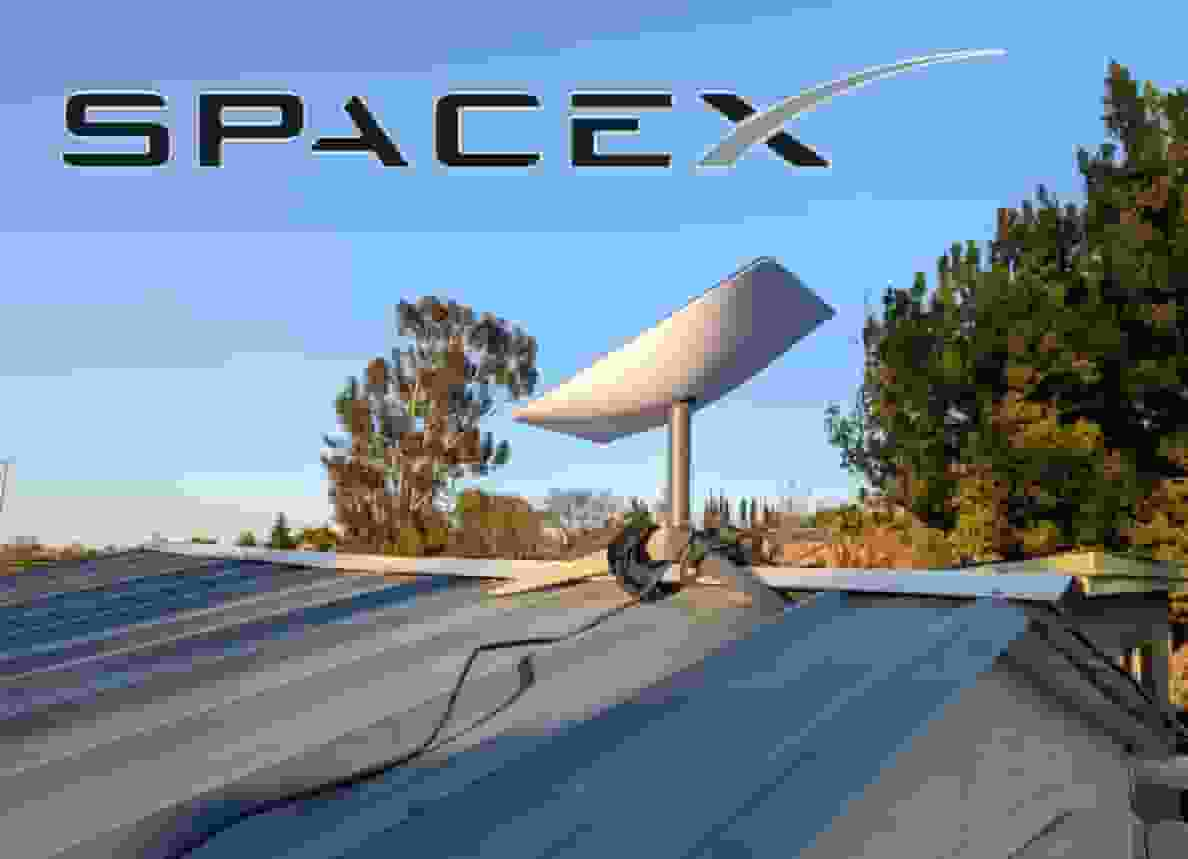
Elon Musk acknowledged yesterday that there appears to be a problem with the recently launched Starlink satellites.
The CEO of SpaceX stated that while the remaining units remain in space for more testing, some units would probably need to be deorbited and destroyed in the Earth’s atmosphere.
Elon Musk Tweets About Starlink Satellites
Elon Musk, the CEO of SpaceX, tweeted on Wednesday that “Starlink V2 has a lot of new technology, so we’re seeing some challenges, as expected. Some satellites will be deorbited, while others will undergo extensive testing,” he continued.
In response to such rumors, Musk noted that certain V2 Mini satellites were reducing their altitude while others were in more erratic orbits than others.
These observations were made by professionals who have been tracking the V2 Minis’ orbit.
Gizmodo contacted SpaceX last week and asked for more details, but they did not respond.
The first batch of 21 next-generation Starlink satellites was recently unveiled by SpaceX, and on February 27 they were launched aboard a Falcon 9 rocket.
The V2 Minis are scaled-down counterparts of SpaceX’s next-generation, full-sized Starlinks. The V2 Minis are designed to assist SpaceX in expanding the capacity of its internet mega constellation because they are outfitted with stronger antennae and fast frequencies.
Read more: Elon Musk tweets about the American banking crisis adds another cryptic remark
SpaceX Increases Starlink’s Capacity

Nonetheless, it seems as though SpaceX’s efforts to increase Starlink’s capacity are paying off. Access is growing after months of the backlog being extended across the Nation.
The majority of the west coast was formerly shown as being on the waitlist on the official Starlink availability map, but this has been changed and the western half of the US is now completely serviced.
Starlink, which offers speeds well above what you can obtain with traditional satellite connectivity, started in beta form in late 2020.
The 100Mbps speeds, though, were just temporary. Bandwidth decreased as Starlink’s subscriber base increased. Even though SpaceX grew to be the world’s largest single satellite operator, there wasn’t enough room for everyone.
In more crowded regions, the waitlist was introduced, and the business indicated plans to start capping monthly consumption.
The line used to stretch the majority of Arizona, Colorado, and the whole west coast. The US’s northeast, middle, and west regions can immediately sign up for Starlink.
Those in supported areas will need to pay $599 for the terminal hardware and dish after enrolling, but they should receive their units in a week or two. The waitlist still covers the majority of the eastern US, though.
Starlink said that it would raise fees in February for customers in crowded locations.
The pricing in some localities is now $120 per month (up from $110), although members in less busy areas get away with paying just $90.
The more expensive cost will probably apply to those enrolling in the recently opened western area. Even with nearly 4,000 satellites, Starlink is still having trouble and SpaceX has resumed missions to help it.
To really make a difference, the upgraded Gen 2 gear might be necessary, and SpaceX still has work to do in that regard.
Read more: Deadly drug-resistant fungal infection Candida Auris alarmingly spreads across US

